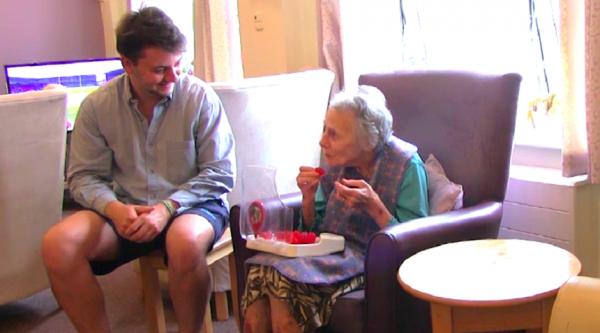Understanding head injury in the brain
Read more about how head injuries incurred through contact sports could impact the brain.
Please note - This information reflects the evidence at the time of the roundtable in April 2017. This is an active area of research, and new findings are emerging that may change the level of evidence available. Please contact research@alzheimers.org.uk if you have any questions related to this report.
- Research in high-collision or high-impact sports, mostly boxing and American football, has linked multiple mild head injuries, such as concussion, to a condition called chronic traumatic encephalopathy (CTE) that shares some features with dementia, for example tangles of the tau protein. A small number of studies (e.g. Ling et al, 2017) have also shown the presence of CTE in other sports professionals such as footballers, and there have also been high profile single autopsy studies reported in the media.
- Cases that have been examined to date have often been highly selective, meaning that footballers who died without dementia have not been examined as a comparison. This means that much of the literature may carry an element of bias.
- CTE can only be definitely diagnosed at autopsy. It is unclear what the clinical presentation is and there are no criteria for diagnosing it in a living person because it can present with a wide variety of symptoms.
- There are unanswered questions about the prevalence of CTE-like pathology in the general population. An age-related pathology (termed age-related tau astrogliopathy; ARTAG), which has many similarities to CTE, has recently emerged. Like CTE, this type of pathology has not been routinely investigated at autopsy so further work is needed to determine how prevalent these conditions are in the general population.
- Neuropathological examination of current cases of CTE has shown the majority of people have signs of more than one type of pathology in their brain. This includes pathologies consistent with Alzheimer’s disease, vascular dementia, dementia with Lewy bodies and frontotemporal dementia. This means it is hard to know if the dementia symptoms the person was experiencing were due to CTE pathology or the other forms of pathology.
- The expert group suggested that CTE might ‘prime’ the brain to be more vulnerable to other neurodegenerative processes, rather than CTE being the cause of dementia per se. This hypothesis requires testing.


